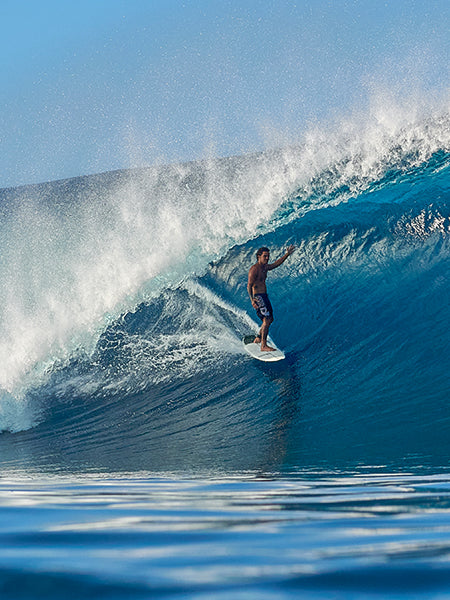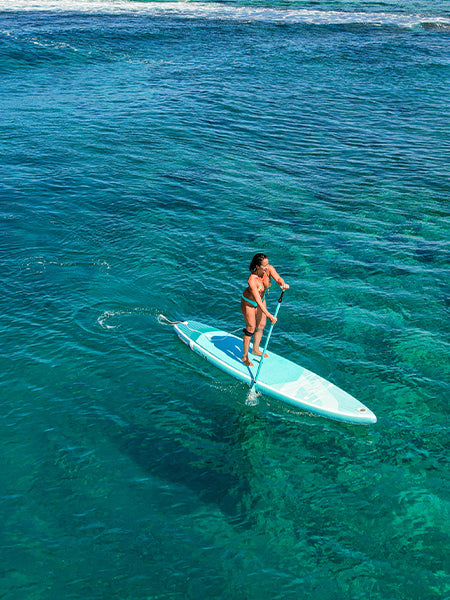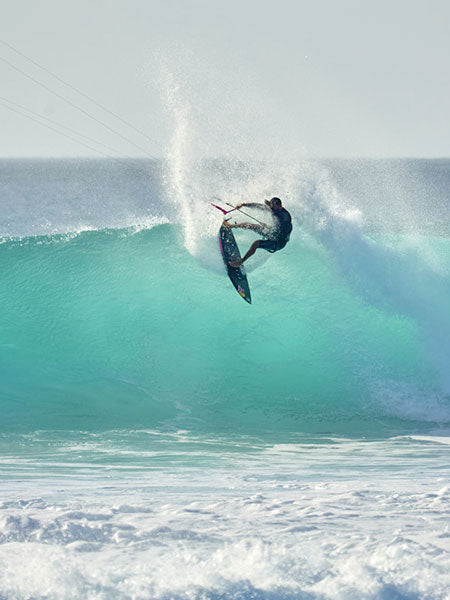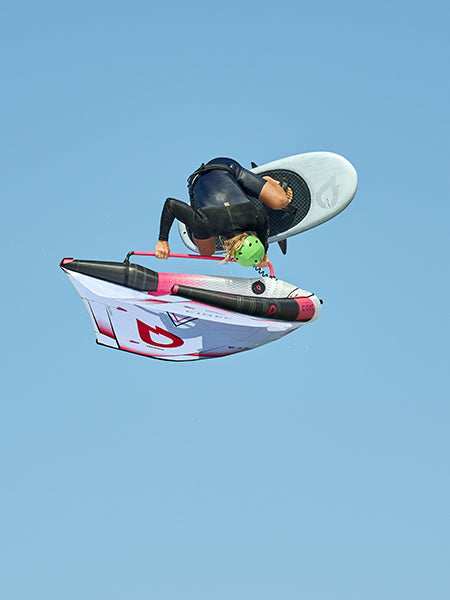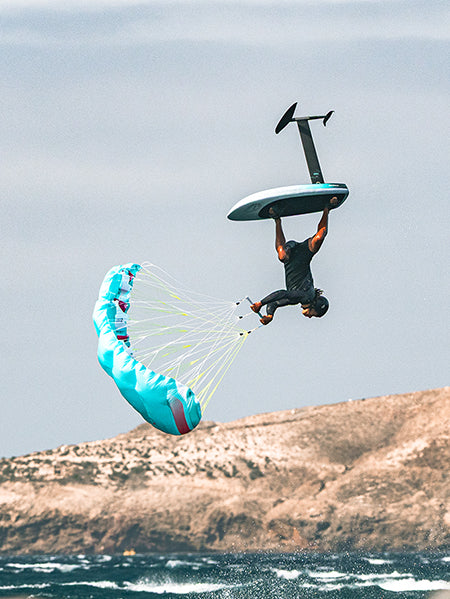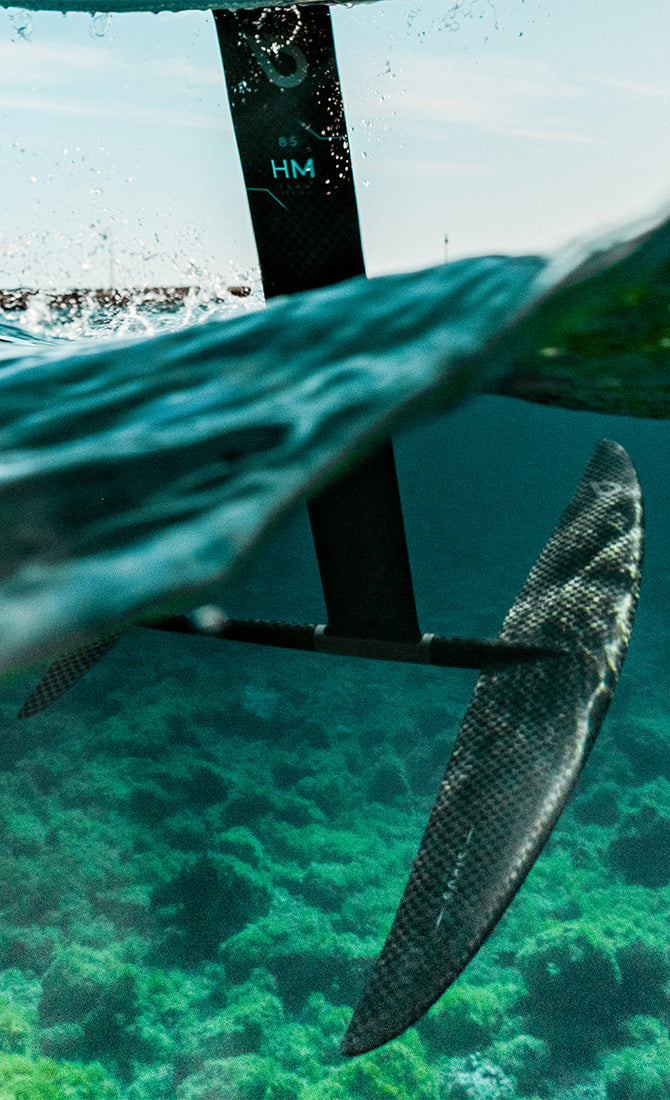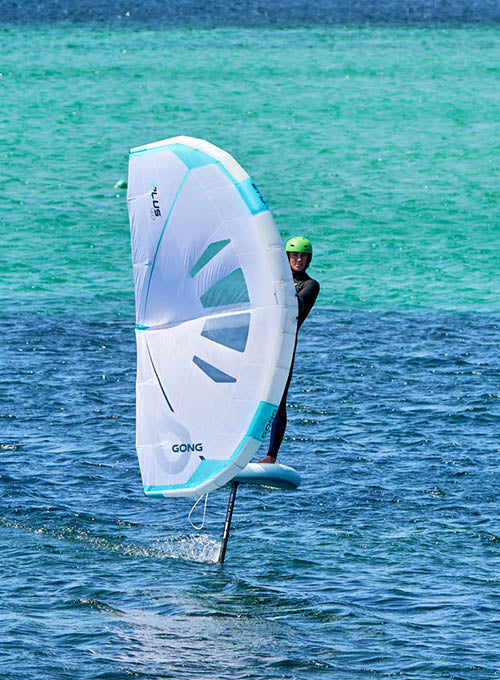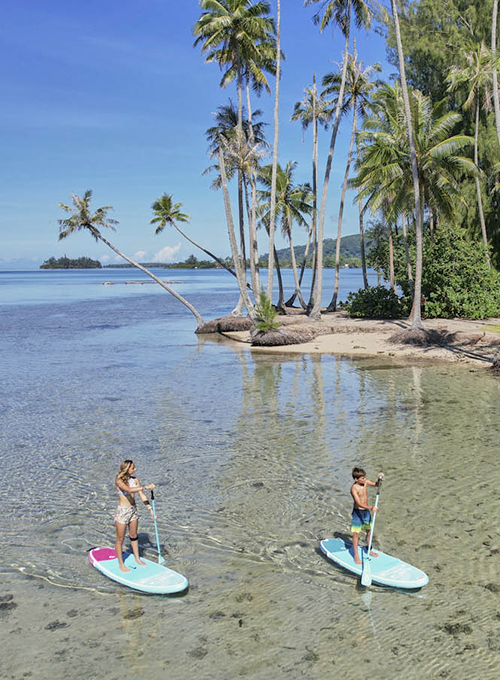Jibe in lowkite
Let’s see how to nail all your jibes in lowkite or parawing!
In theory, the lowkite jibe is quite simple. You just need to turn your wrist in the opposite direction of your ride, follow that direction with your eyes, and maintain your speed throughout the maneuver, carving as smoothly and tightly as possible.
In practice, there’s inevitably one small challenge: keeping tension in your lines.
Here are our tips to handle it like a pro 👇
 Wing foiler: Malo, GONG team rider, on the Stunt FSP Pro, lowkite Neutra V2, HM85 mast, Ypra Freestyle front wing and stab.
Wing foiler: Malo, GONG team rider, on the Stunt FSP Pro, lowkite Neutra V2, HM85 mast, Ypra Freestyle front wing and stab.
The Key to Successful Jibes
You need to be very precise with your movements to avoid catching up with your lowkite, slackening your lines, and losing control, especially in light wind. Here’s how to keep tension in your lines:
-
Start your maneuver by slightly heading upwind to put tension in your lines.
-
To engage you turn:
-
Tilt the lowkite in the opposite direction by turning your wrist ;
-
Simultaneously, give a brake tap to your lowkite by pulling on the back lines (tilting the bottom of the bar toward you). This makes the lowkite drop into the wind window, right in the power zone where the lines are naturally tighter and more responsive ;
-
Use this tension to carve downwind.
-
Once the carve is engaged, release the brakes (back lines) by straightening the bar. This will let your lowkite breathe and accelerate in the direction you set. As you let go of the brakes, remember to close your carve as early as possible.
Some jibes in light wind conditions with Patrice Guénolé:
What equipment helps you learn to jibe?
-
If you can adapt your gear, here are two ways to make jibes easier:
-
A compact board is a big asset for managing your carves with confidence and precision. On a versatile board like the Sner EPS Pro, controlling your trajectory is easy, while still giving you a great glide for take-off. If going for pure wingboards, the mid-length Cruzaders are excellent choices, offering a mix of glide and maneuverability. The XL versions of the Cruzader Point LW bring extra comfort, which is particularly nice for lowkite.
- A maneuverable foil is another advantage for completing your jibes. With a foil like the Fluid, you can easily close your turn and retighten your lines, whereas a high-aspect foil like the Veloce HDW makes the maneuver much more technical. It can be a good idea to go back to a forgiving, maneuverable foil while learning your first jibes!
 Foiler: Thomas, GONG staff, on the HIPE Cruzader, Neutra V2, and Veloce foil.
Foiler: Thomas, GONG staff, on the HIPE Cruzader, Neutra V2, and Veloce foil.
